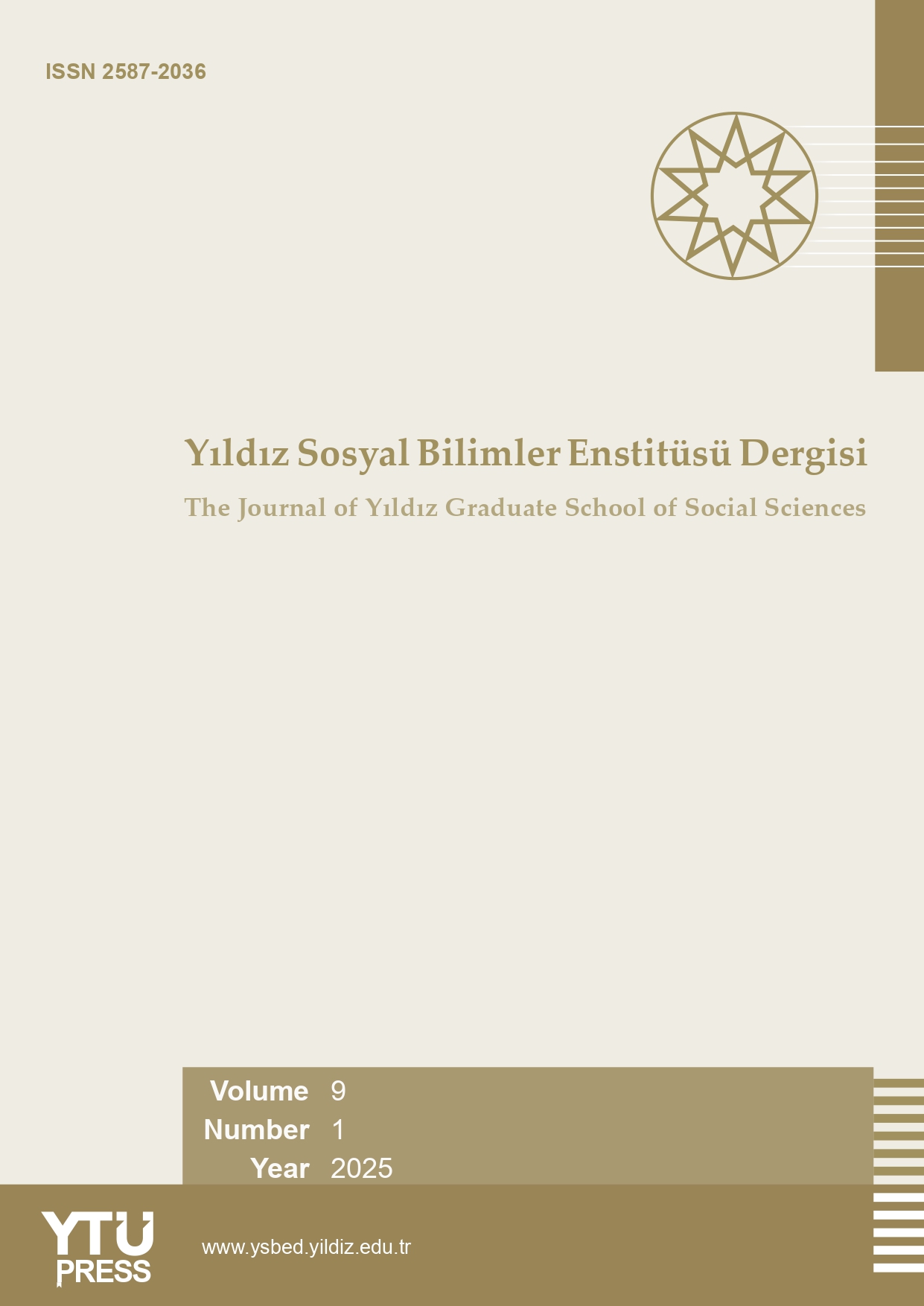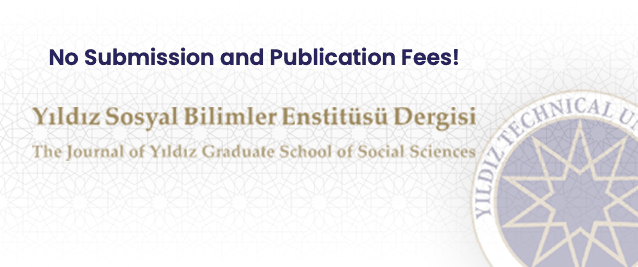2Department of Art, Yıldız Technical University, Faculty of Art and Design, Istanbul, Turkey
Abstract
Although the etymological origin of the word performance is quite old, the equivalent of the word in plastic arts corresponds to the 1960s. This word, which indicates the realization of a planned sequence of images, although it is alive, was frequently studied in the art circles of the period at that time. Fluxus movement has emerged as one of the reflections of these studies. Fluxus is different from previous art approaches. Although it has instant features just like performance, it has a wide range of influence with its material scale. The main purpose of Fluxus, which emerged as an avant-garde movement, is to create an alternative to the ongoing understanding of art. On the alternative scale in question, classical arts such as painting and sculpture are stable, in other words stationary. Fluxians examining the situation strive to act with a kinetic language referring to transience. Mail Art is an art that has this innovative perspective of Fluxus in its center and realizes its applications collectively. But the framework of the relevant form is not only production, that is, object-oriented. The delivery of original works bearing signs such as stamps or seals to their destination addresses with broad participation and their display in a holistic harmony are complementary indicators of the movement. The research includes an approach that considers the mail art from today's perspective and presents determinations on the effects of technology on the movement. In this context, primarily chronology-based sub-headings reflecting the developmental stages of postal art are included in the content. Then, the reasons for artists' involvement in the movement in contemporary art channels (where technology gained popularity) were examined and an inference was made about the current state of Mail Art.
2Yıldız Teknik Üniversitesi, Sanat ve Tasarım Fakültesi. Sanat Bölümü, İstanbul, Türkiye
Performans sözcüğünün etimolojik kökeni oldukça eskiye dayansa da kelimenin plastik sanatlardaki karşılığı 1960’lara denk gelmektedir. Canlı olmakla birlikte planlı bir imge dizisinin hayat bulmasına işaret eden bu kelime o vakitlerde dönemin sanat mecralarında sıklıkla etüt edilmiştir. Söz konusu etütlerin yansımalarından biri olarak Fluxus hareketi belirmiştir. Fluxus kendinden önceki sanat yaklaşımlarından farklıdır. Tıpkı performans gibi anlık özellikler barındırsa da malzeme skalası ile etki alanı oldukça geniştir. Avangart bir akım olarak ortaya çıkan Fluxustaki temel amaç, süregelen sanat anlayışına yönelik bir alternatif oluşturmaktır. Söz konusu alternatif ölçeğinde resim ve heykel gibi klasik sanatlar stabil, diğer bir deyişle durağandır. Durumu inceleyen Fluxusçular geçiciliğe atıfta bulunan kinetik bir dil ile hareket etme gayretindedir. Posta Sanatı Fluxusun bu yenilikçi bakış açısını merkezinde bulunduran ve tatbiklerini kolektif biçimde gerçekleştiren bir sanattır. Fakat ilgili biçimin çerçevesi yalnızca üretim yani nesne odaklı değildir. Pul veya mühür gibi işaretler taşıyan özgün yapıtların varış adreslerine (geniş bir katılım ile) iletilmesi ve bütüncüllük arz eden bir ahenkle sergilenmesi hareketin tamamlayıcı göstergeleridir. Araştırma Posta Sanatını günümüz perspektifi ile mütalaa eden ve teknolojinin harekete yönelik etkilerine dair tespitler sunan bir yaklaşım barındırmaktadır. Bu bağlamda içerikte öncelikle Posta Sanatının gelişim evrelerini yansıtan kronoloji esaslı alt başlıklara yer verilmiştir. Ardından sanatçıların (teknolojinin popülerlik kazandığı) güncel sanat mecralarında harekete dâhil oluş sebepleri irdelenmiş ve Posta Sanatının mevcut durumuna dair bir çıkarımda bulunulmaya çalışılmıştır.












